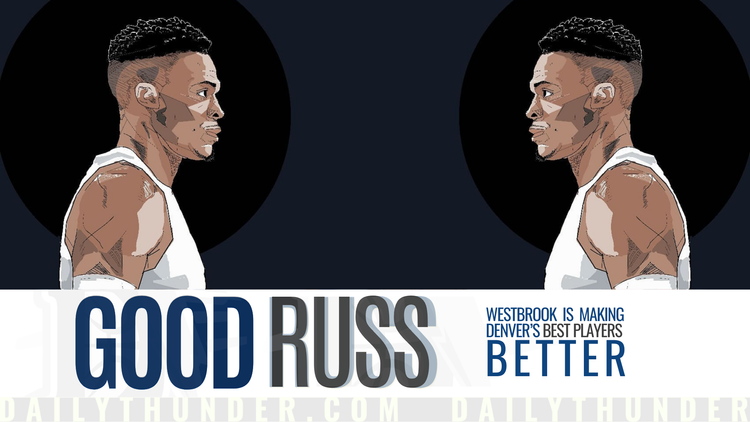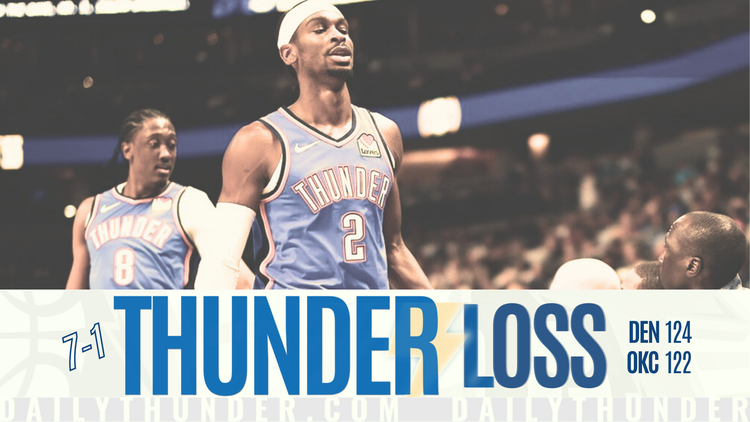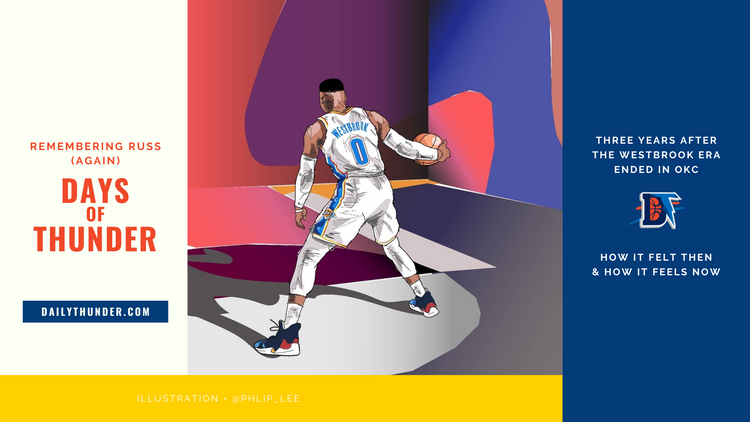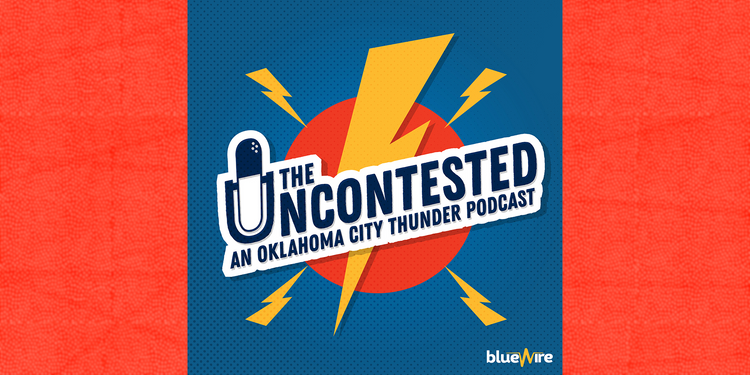A look at Westbrook’s splits in wins and losses


I’ve been enjoying the back and forth on the blog between some incredibly intelligent posters lately. A year ago when the blog first kick started we used to get some crazy trade ideas and really elementary misunderstandings about pro basketball and the Thunder. Now you, the fans, are just extremely knowledgeable and insightful. It’s great to see.
After the loss to the Rockets the other night I was pretty steamed. I was upset and disappointed at the way our second-year point guard ran the show in our third loss to Houston. I’ve been trying to put aside the anger and take a real constructive and not too biased view of his play this season and see if I can come up with some conclusions. The bottom line for me isn’t so much his stats as much as it is wins and losses. If RW is a bit player or a major player in a win I care not. But in a loss his role and it’s execution come under much sharper scrutiny. Check out Russell’s splits in wins and losses:
| Wins | Losses | Difference | |
|---|---|---|---|
| FGA/gm | 12.3 | 15.46 | 20.4% more field goal attempts in losses. |
| Min/gm | 33.5 | 35.5 | 5.6% more minutes played in losses. |
| FG% | 39.4% | 37.8% | -1.6% decrease in FG accuracy in losses. |
| 3pt attempts | 34 | 33 | Nominal difference |
| 3pt % | 44.1% | 15.2% | almost 30% dropoff-huge! |
| FTA/FTM/FT% | 64/79 81% | 51/67 76% | -15% in losses. |
| Reb. | 59 | 64 | He rebounds better in losses. Significant? |
| Assists | 101 | 71 | -29.7% fewer assists in losses. |
| Steals | 8 | 15 | Almost twice as many steals in losses? |
| Turns/turns gm | 38/2.9 per game | 49/3.8 per game | 22% increase in turnovers in losses. |
| Pts./game | 15.8 | 16 | nominal difference |
First of all it’s a good time for comparisons since the team is 13-13 and Russell has started every game with almost exactly the same starting lineups in all 26 games. Now I know that the first thing in your mind is probably “so what, Russell plays better in wins and plays worse in losses, who doesn’t?” I see that. What I’m suggesting, and what the data is suggesting is that not does he merely play worse in losses, but
that he significantly alters his style of play in losses. He is doing different things in wins and losses.Take another look at the table. Notice that in losses Russell shoots considerably more. I’m not talking about the quality or makeability of shots, just pure volume. It’s like he is pressing and trying to take over the offense as the strike leader. It’s over a 20% increase. Next notice that he gets to the line 15% less in losses. This speaks to the style of shot as well. If he’s driving to the hole he will get more fouls and more free throws. If he’s settling for jumpers he’s unlikely to draw many fouls.
Another eye popper is the assists. 101 in wins and 71 in losses (7.8 assists per game in wins and 5.5 in losses). That’s almost 30% reduction in assists. You can’t get an assist if you shoot the ball yourself. Granted, in losses the team usually will shoot more poorly and so there may not be as many made shots so there will be fewer assists, but 30%? And finally turnovers. 38 in wins and 49 in losses (2.9 per gm. and 3.76 per gm. respectively).
So the picture is clear, in losses Russ plays differently; he shoots more, turns it more, facilitates for others less, and gets to the line less. Thus the team loses. At least Russell’s play is one factor among many in losses if nothing else. Russell at times plays like a premier ball dominating shooting guard and we need him to be our point guard.
But if you look at the data in another way it shows the trend from a different angle. Just looking at field goal attempts in wins and losses it becomes clear that the trend is accelerating. Russ has shot the ball 15 or fewer times in a game in 18 of the 26 contests so far. In those 18 games the team is 11-7. So far so good. He’s shot the ball 16 or more times in the other 8 games and in those games the team is 2-6. It’s clear the team is more effective when he moderates his shooting. But here’s the rub: in the first 13 games of the season he only shot the ball more than 13 times twice. Yep, he kept himself from forcing too much in the first 13 games. However, in games 14 through 26 he’s jacked up 14 or more shots in 10 of the 13 games. I hope that’s clear; read it again. The first 13 games he shot the ball more than 13 times only twice. In the second set of 13 games he’s shot the ball 14 times or more in 10 of the 13. The shot happiness is accelerating.
I don’t claim to know why. My only guess is that he is pressing. In those first 13 games he shot 43%; in the second 13 games since he’s shooting 34%. Maybe he’s trying to shoot his way out of a slump. But the truth is that the team performs worse when he shoots more, and when he’s shooting more he’s distributing less, turning it more etc.
Russ, I hope you’re reading man. Get serious about playing defense first, set up your teammates second and shoot last.




